
The Altiplano of Lauca National Park, Chile
Segment Four of the Great Primate Safari of 2023
(26-31 July 2023)
The next stop on my overly ambitious (some might call it insane!) “Great Primate Safari of 2023” was Chile. The far north port of Arica to be specific. This spot was added to the expedition plan to attempt sightings of some of my long-time targets for South America – mainly camelids and a couple rodents. I’d been to Arica and the region back in the mid 1990’s but I was not really able to explore then. So, during my nearly two-month expedition during the summer of 2023, I decided to ‘try” to see some of the species unique to the northern altiplano while what most likely will be my last trip to South America, although I wish this not to be true.
My main targets for my trip to Lauca were Vicuna, Guanaco and Mountain Viscacha, arguably one of the cutest animals on the planet. None of these are very difficult to see in the wild at all. In fact, one would literally have to be wearing a blindfold to miss seeing them in their world. The only issue is that you have actually be in their world, some of the most remote and rugged and inhospitable places anywhere.
After a grueling 18-hour trip from Quito, where I’d just finished a phenomenal week in Ecuador, I made it to Arica, Chile. Now I don’t want to understate this series of flights. I had only two nights and about two days to see my targets, and the flights had to go perfectly in order to make it work. With several legs (Quito-Lima-Santiago-Arica) and tight connection times and Santiago Airport being one of the worst large airports I have ever been to, nothing could go wrong. And the flight to Arica is often canceled randomly, so I was just hoping beyond hope that all would go according to plan – no room for error! And it did!
Here are the other legs of the Great Primate Safari of 2023!
Brazilian Cerrado and Pantanal
Link to complete species list for the “Great Primate Safari of 2023”
Scenery of Arica, Lauca and the Atacama Desert
Arica
The Atacama Desert Coastline near Arica, Chile. This stretch is known as Cueves de Anzota.
I arrived at Arica and quickly got my rental car and began my exploration. I decided to try to view some of the wildlife that exists along the coastline in and around Arica. While much of the fauna tends to be pelagic birds and waterfowl, there are a couple mammals of note. The Marine Otters and South American Sea Lions are the two targets I was after there.
Sadly, I was only fortunate to see the Sea Lions. I did the trek along the coastline at Cueves de Anzota, a very spectacular stretch of exposed rock and massive cliffs filled with cormorants, gulls and Peruvian Boobies and Pelicans, but never encountered the Marine Otters. Other trip reports had them sighted relatively easily and fairly quickly, but after about three hours of scouring the mussel and kelp beds, I finally gave up. I did see the South American Sea Lions a few kilometers down the trail – about ten or so were sunning on a rocky island close to shore. There were at least that many dead ones being feasted upon by Turkey Vultures.
South American Sea Lion (Otaria byroni)- Arica Chile Coastline
Peruvian Booby (Sula variegata) were very common on the Arica Chile Coastline
Peruvian Booby Rookery at Cueves de Anzota
Inca Tern (Larosterna inca) were my main target bird in Arica.
Turkey Vulture enjoying one of the many dead critters along the coastline near Arica.
The rocky shore along the Arica coastline was spectacular
Guanay Cormorant (Leucocarbo bougainvillii) Arica Chile Coastline
Red-legged Cormorant (Poikilocarbo gaimardi) Arica Chile Coastline
Gray Gull
Black-crowned Night Heron
American Oystercatcher
Blackish Oystercatcher
Peruvian Pelican
Black Skimmers
Atacama Desert
Now it was time to head up to about 4000 meters in elevation for some fauna de altiplano! I could hardly wait. After my teaser trip in the 90’s I was constantly obsessed with the thought of going back and trying again! And now I found myself on the only road to Bolivia, Chile Route 11 which I think could rival many of the world’s great roads for the most spectacular road on earth.
Initially the road leaves Arica and heads for miles through the stark and desolate Atacama Desert, which I believe still ranks as the driest desert on the planet. While I did see some plant life, most of the terrain was desert pavement and stone cobble. This was truly an otherworldly landscape. As I ascended to higher elevations, the landscape became more vegetated. And by the time I reached Zapahuira, I saw my first and only herd of Guanaco! This was exactly the location where one of the numerous trip reports I’d read while preparing this trip. They were in no particular hurry and were just as curious about me as I was about them.
Putre, Chile
The road continued up, up and up some more! Eventually I reached the small town of Putre, which was to serve as my base of operations for the next couple days. At this point I was to be sleeping at 3371 meters in elevation. I actually felt fine! Aside from the bighting cold, it was the Austral winter after all, the temperatures for these days hovered below and a tad above zero. I found a nice hostel that offered private room and bath for about $60 US. The lady who operated the place was very friendly and helpful.
For those traveling this route it is important to note that there are times when there are no restaurants open in Putre. There was nothing to be served during my two days. Luckily, I had stocked up on essentials in Arica prior to traveling here so I was ok. Also, there is NO petrol for sale anywhere along the route – nothing in Putre and nothing along the road. Plan accordingly. Luckily my little rental car was outstanding with gas consumption, so I was never in jeopardy at all.
Lauca National Park
I arrived in Putre on afternoon #1 early enough to try for a trip in to Lauca, another 50 or so kilometers further up the road. This road is simply unreal. The views are unparalleled. The mountains, the moss-covered rocks and tussock-grasses were incredible. And add to that some of the most spectacular views of cone volcanoes anywhere in the world. The altiplano is simply one of my favorite landscapes and habitats.
My eyes were scanning the plains and hillsides for my target species. I was in Taruca habitat often, so I was trying hard to see that species as well as my other targets. I would estimate that it took less than a few minutes before I spotted my first herd of Vicuna, the most delicate and graceful of Camelids. This distant herd situated in a spectacular valley below the road was the first of many herds spotted throughout Lauca. Before long, I had hundreds of images of them.
I expected to see Mountain Viscacha, those incredible Fu-Manchu Rabbit look alikes, very easily as previous trip reports were very clear in how easy they were to see. But I worked hard to see none at all! I photographed most of my bird targets and loads of Vicuna but did not see one Mountain Viscacha. iNaturalist did show that late July was the worst time to see large numbers of them but there were still plenty of sightings in their data. I was very confused.
I eventually made it to the ranger station located a couple kilometers from the Bolivian border at Lago Chungara and found an awesome and enthusiastic ranger who was a wealth of information. He directed me to a “guaranteed” sight for the Mountain Viscacha. After collecting even more tips and hints from him, I B-lined it straight to the location he recommended. It required a bit of a trek, but at well over 4000 meters in elevation, it was a bit of work. After a couple hundred meters on the trail, there was a large concentration of massive boulders, and sure enough, loads of Mountain Viscacha!
I spent the remaining light of the day with these awesome rodents. They were very calm and accepting of my presence. I took my time attempting to get many images from various angles and various light. However, simply watching these goofy rabbit-rodents finish their day was one of my favorite experiences for the entire trip. On the way back to Putre, I continued my search for Taruca…. although none were sighted…. yet.
Day two in Lauca was a full day in the park for full exploration. Of course, I was interested in Tuco Tuco and Andean Cat, but I was realistic with my chances although I never stopped looking. The ranger did direct me to a spot he knew about for Tuco Tuco, but none were to be seen when I visited. I did manage several sightings of Bolivian Big-eared Mice and White-bellied Grass Mice in various locations. And in lower elevations I came across a nice herd of feral burros which the area is known for. I considered my time in Lauca to be an absolute success. And I was very lucky with the avifauna as well. I saw and photographed the majority of the famous species from the area.
With such a short time on the Altiplano of Lauca National Park, I was very fortunate to have seen most of the species that make the area famous. On top of the fauna, I was very fortunate to see pretty much all of the seasons in less than an hour! In the afternoon of my final day, I was tempted to take off my jacket and enjoy the warm high-altitude sun. Then all of the sudden (and I really mean sudden!) a full-blown blizzard came out of nowhere! For about 25 minutes, the flurry was near white-out conditions. I just sat in my car and watched what was most likely this year’s entire precipitation. After only a half an hour, the weather changed right back to bright sun and brisk winds! It was spectacular.
The beginning of a short-lived blizzard in Lauca.
And the end of my full day in the altiplano was blessed an outstanding view of an adult male Taruca, a few kilometers from Putre, exactly were my ranger friend told me to look!
My final day in northern Chile was spent driving slowly down to sea level, simply enjoying the views and landscapes. I had great luck with my targets and now I just wanted to absorb the area more. I spent a bit of time exploring some of the many prehistoric sites that are very common in the region. And once I got back to Arica, I had enough time to try for the Marine Otters once again. Sadly, I dipped once again but at least I tried.
Now it was time for my late-night flight to Campo, Brazil, another grueling multi-leg flight that sent me via Santiago to Lima to Sao Paulo to Campo, nearly 20 hours of airports and cramped seats! The summer of 2023 was the “summer of the airport” as well as an awesome wildlife expedition.
Check out these links:
Vicuna of Lauca!
Southern Mountain Viscacha (Lagidium viscacia) were common in Lauca
Bolivian Big-eared Mouse (Auliscomys boliviensis) Lauca National Park, Chile
Bolivian Big-eared Mouse (Auliscomys boliviensis) Lauca National Park, Chile
White-bellied Grass Mouse (Akodon albiventer) Lauca National Park, Chile
Black-hooded Sierra-Finch (Phrygilus atriceps) Lauca National Park, Chile
Crested Duck (Lophonetta specularioides) Lauca National Park, Chile
Chilean Flamingo
James' Flamingo
Andean Goose
Andean Gull
Puna Ibis
Andean Flicker
Andean Flicker
Andean Flicker
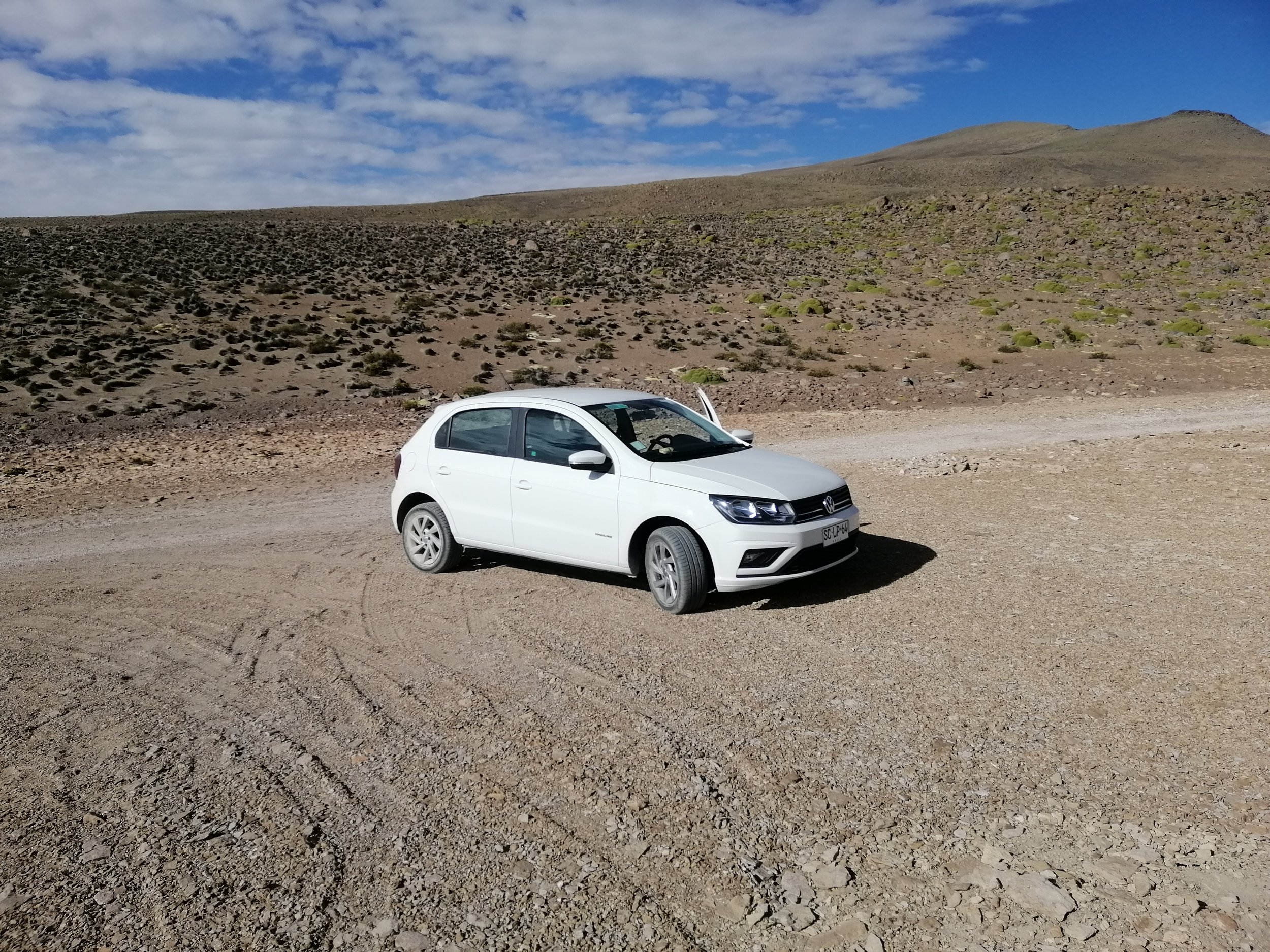
My very reliable and fuel efficient rental! Remember there is NO petrol on this route at all.
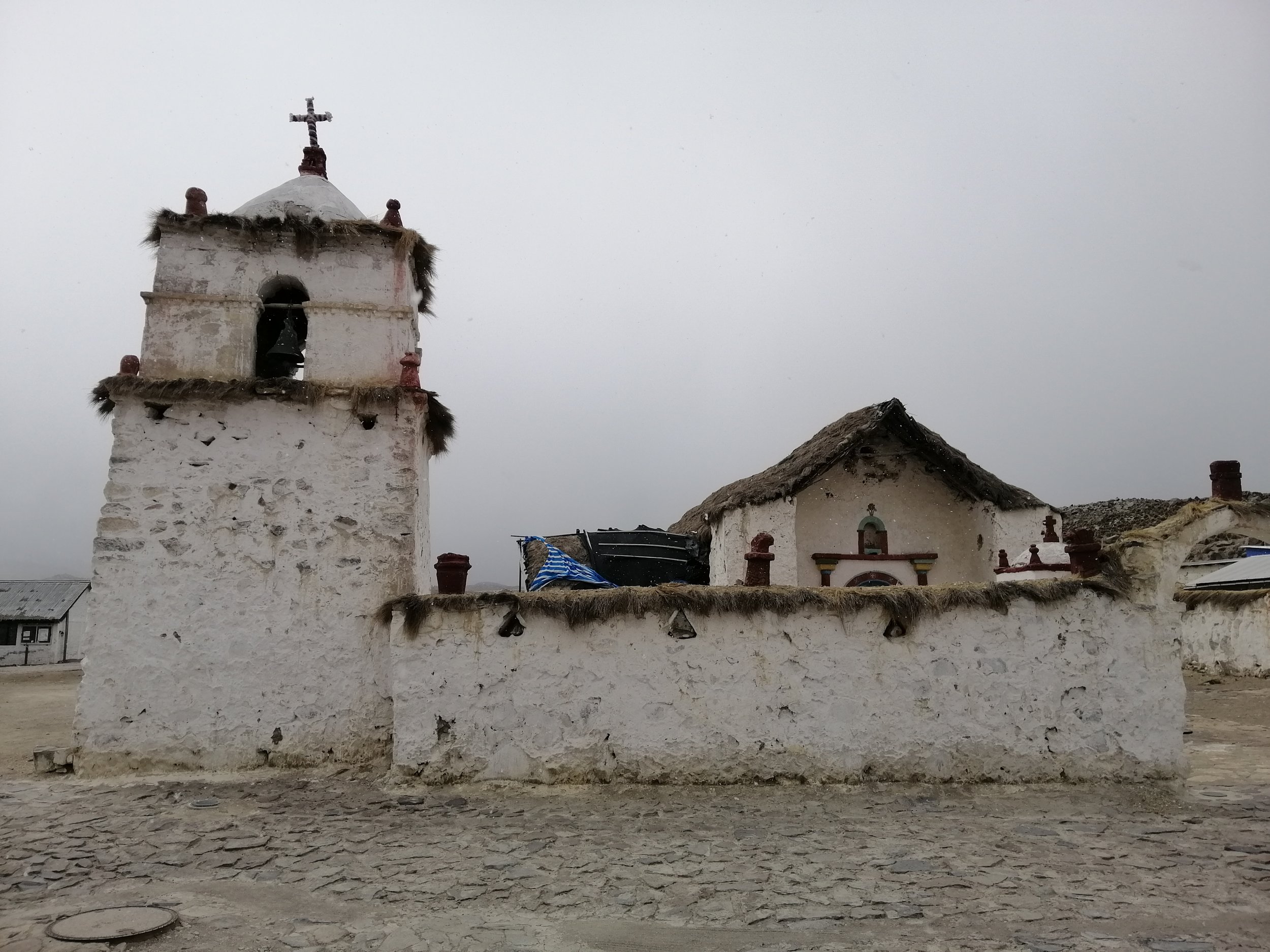
Parinacota, the old village inside Lauca NP.
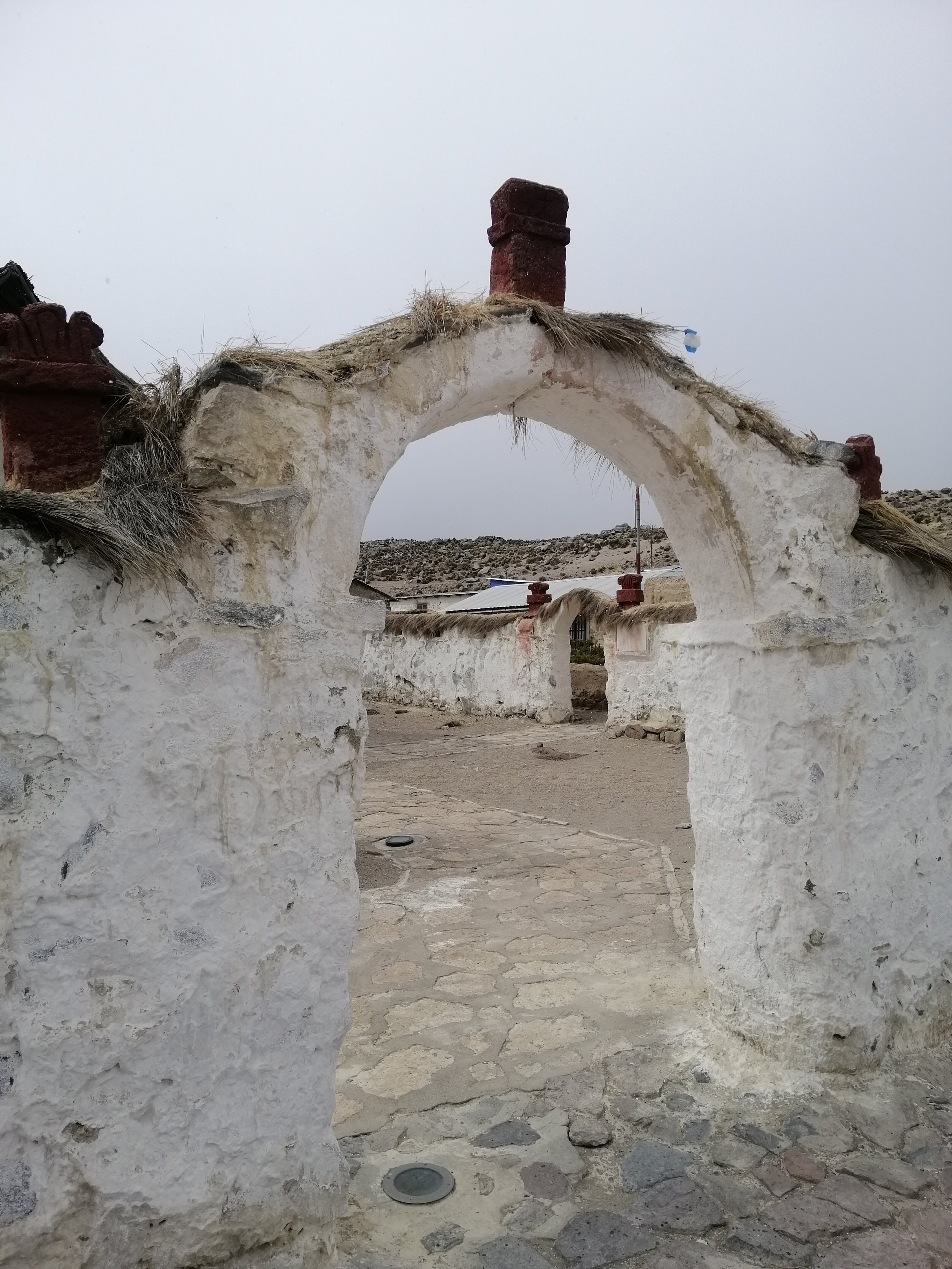
Parinacota
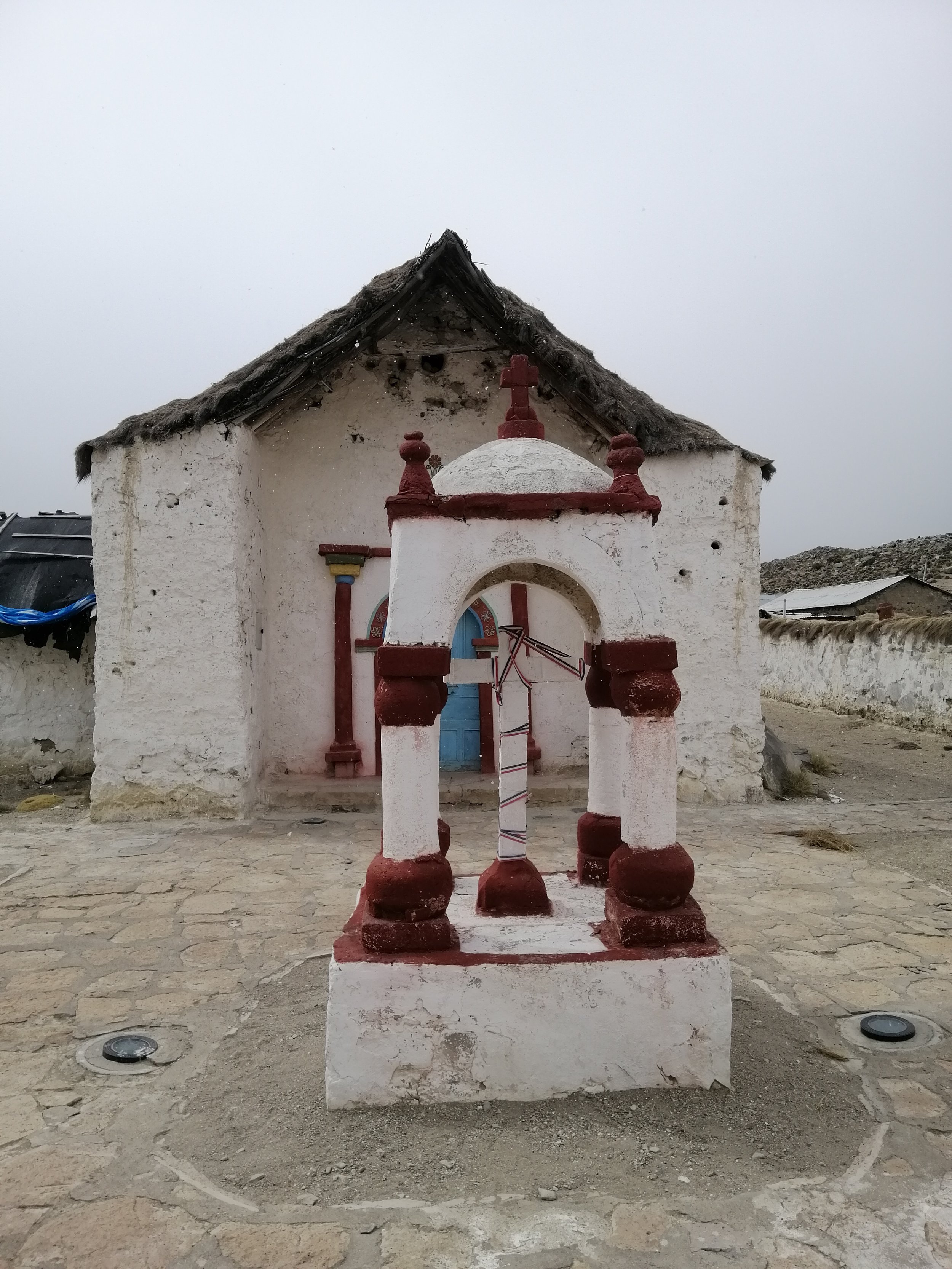
Parinacota
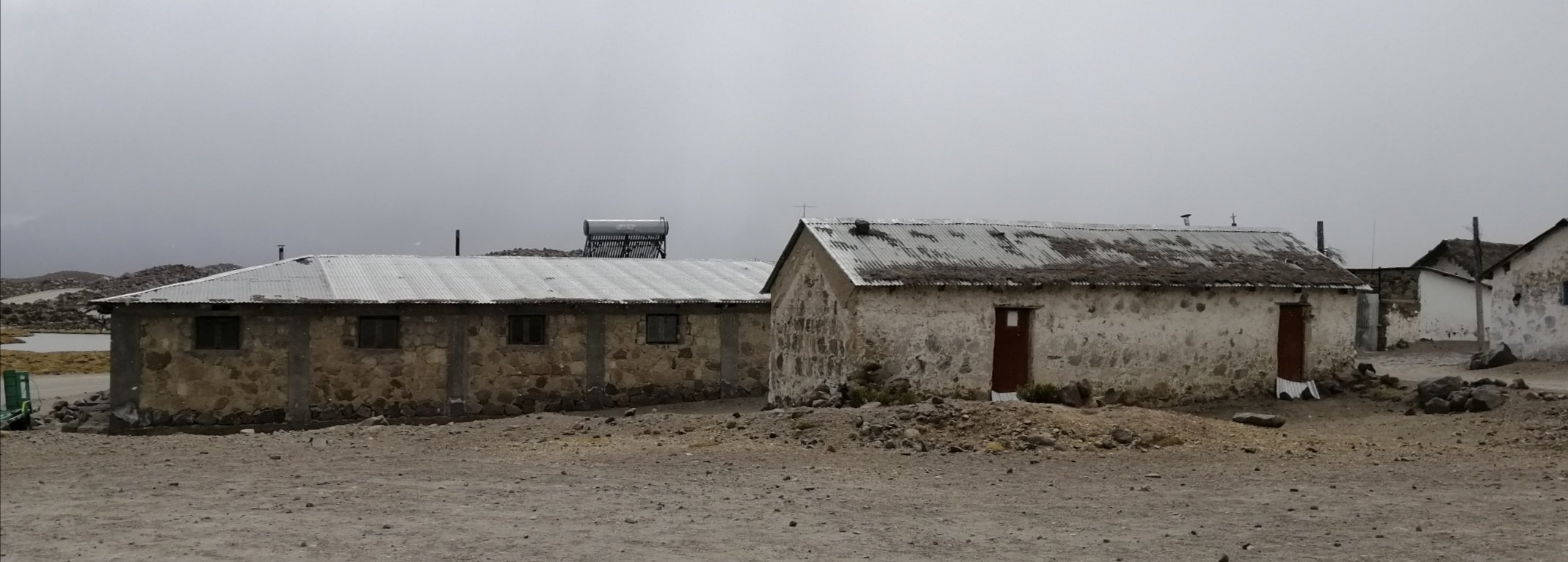
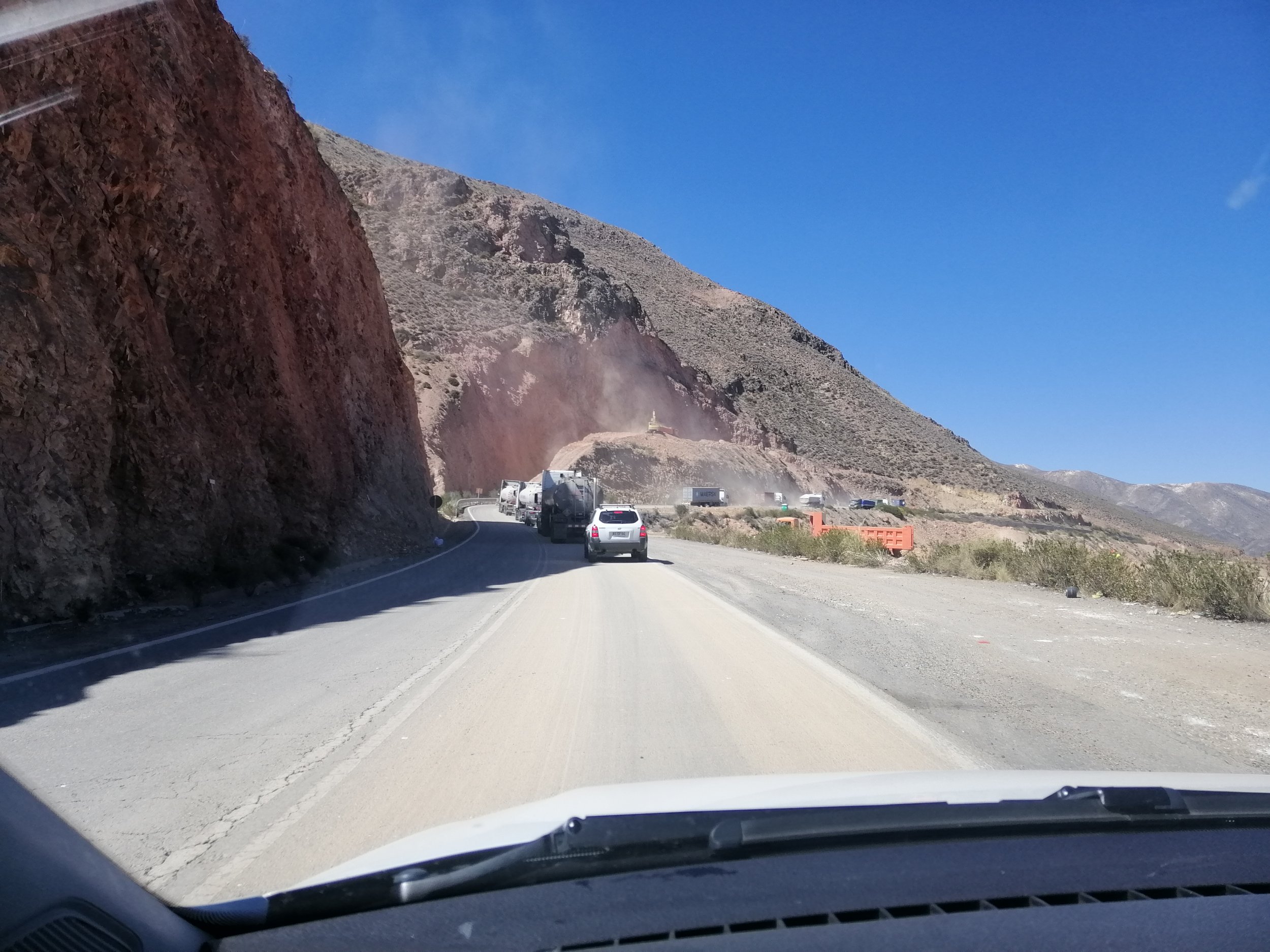
CH 11, an excellent road.
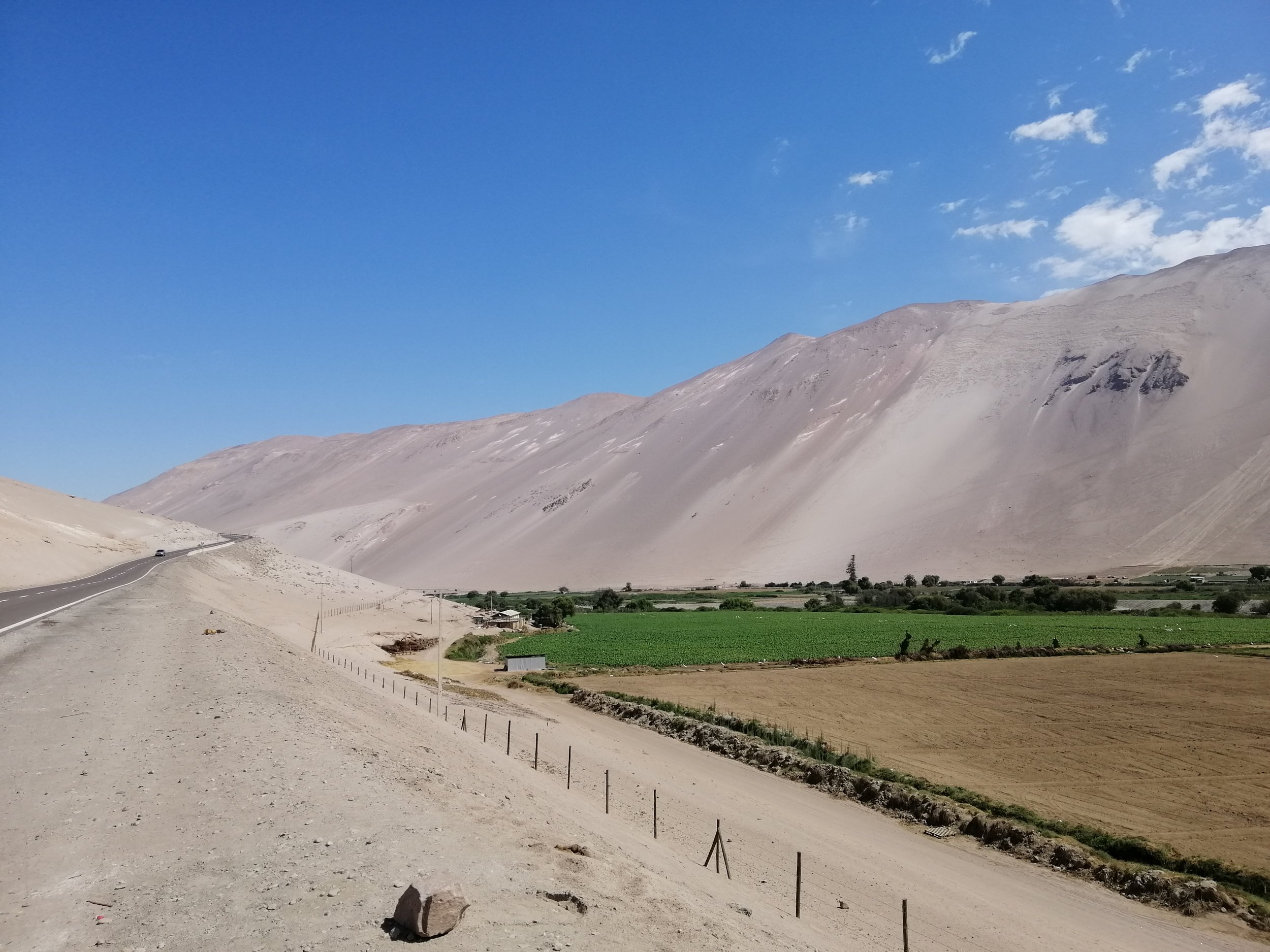
Strange to see these small green oases in the driest place on Earth.
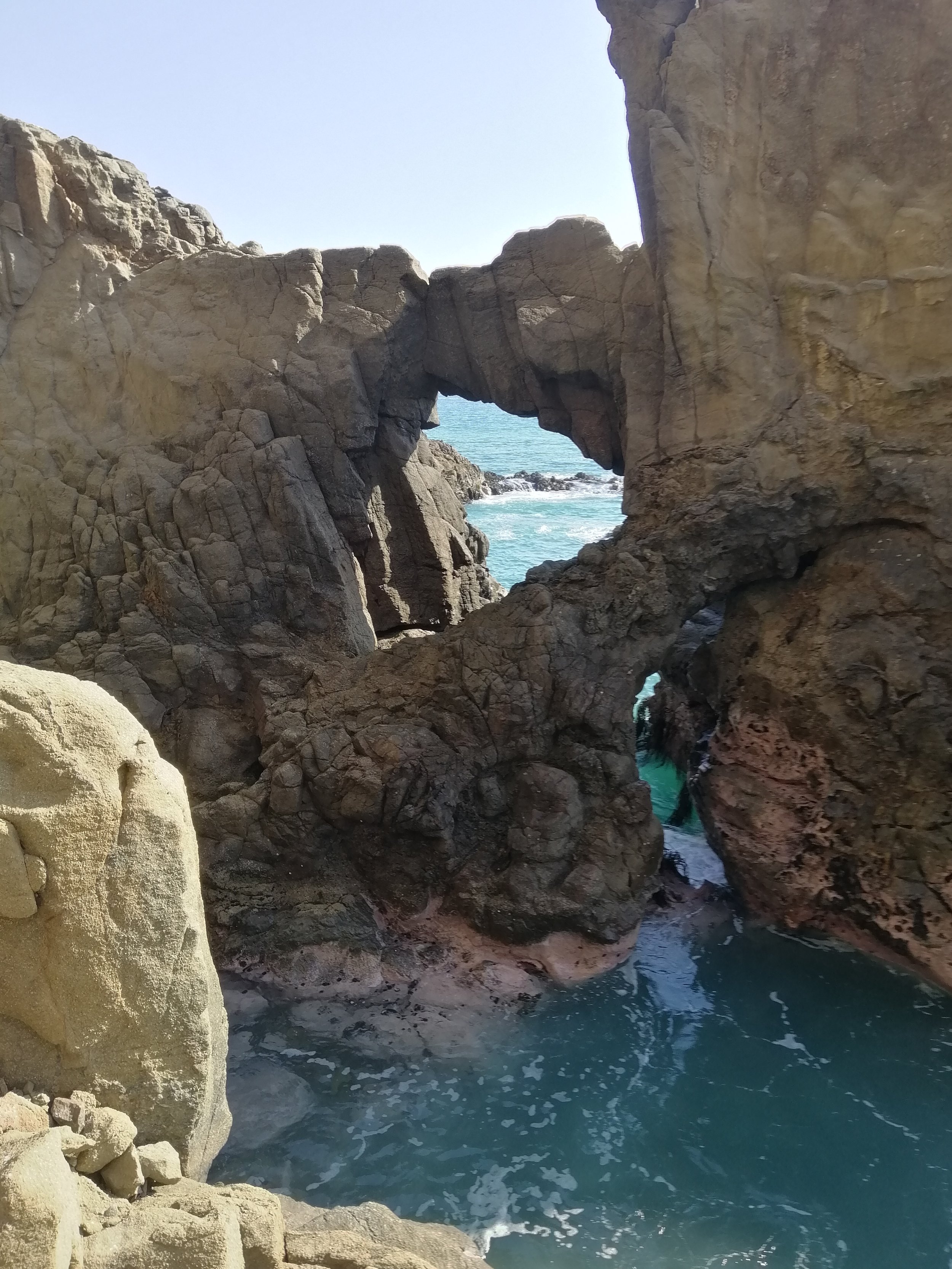
Cueves de Anzota
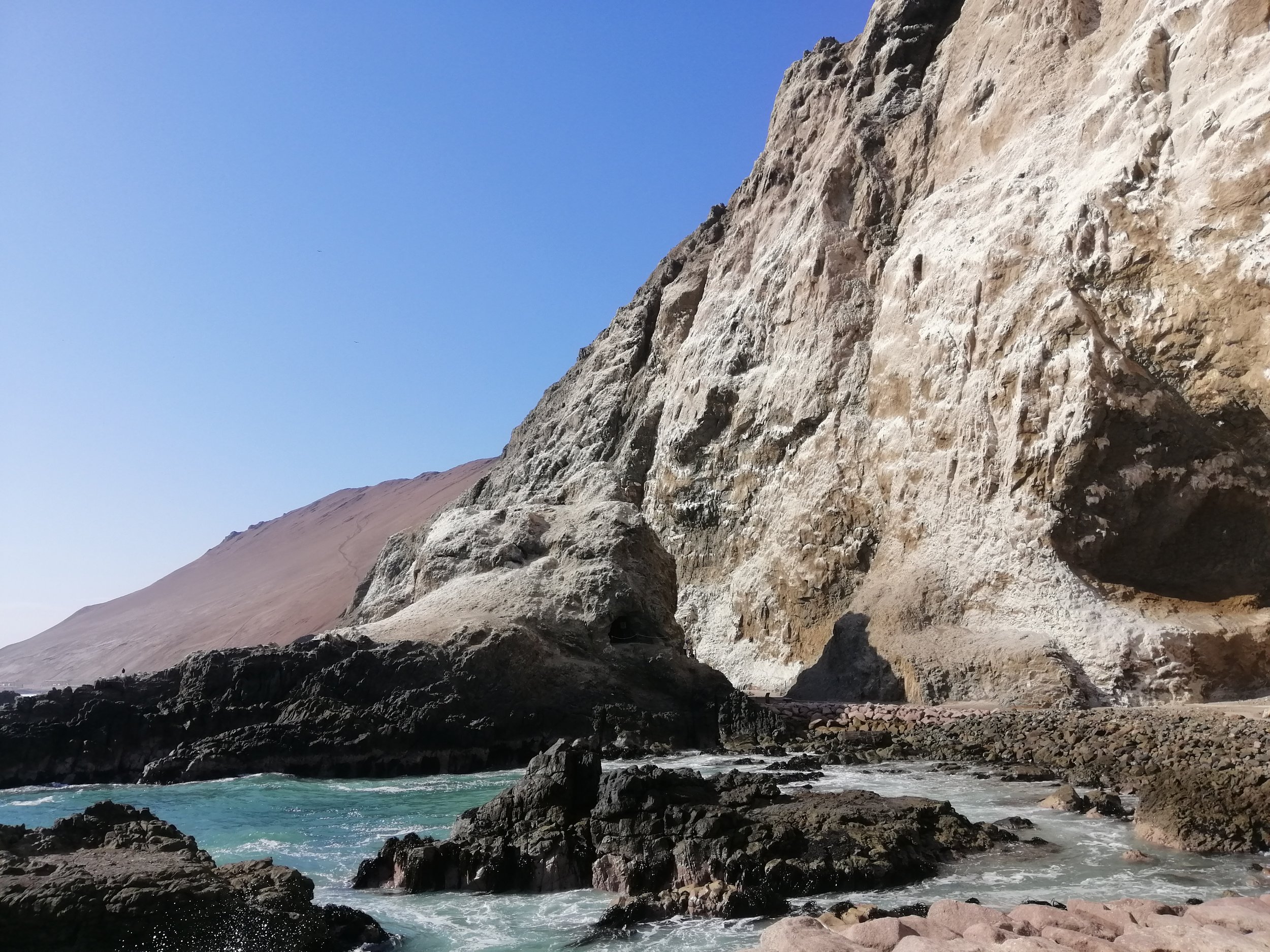
Cueves de Anzota
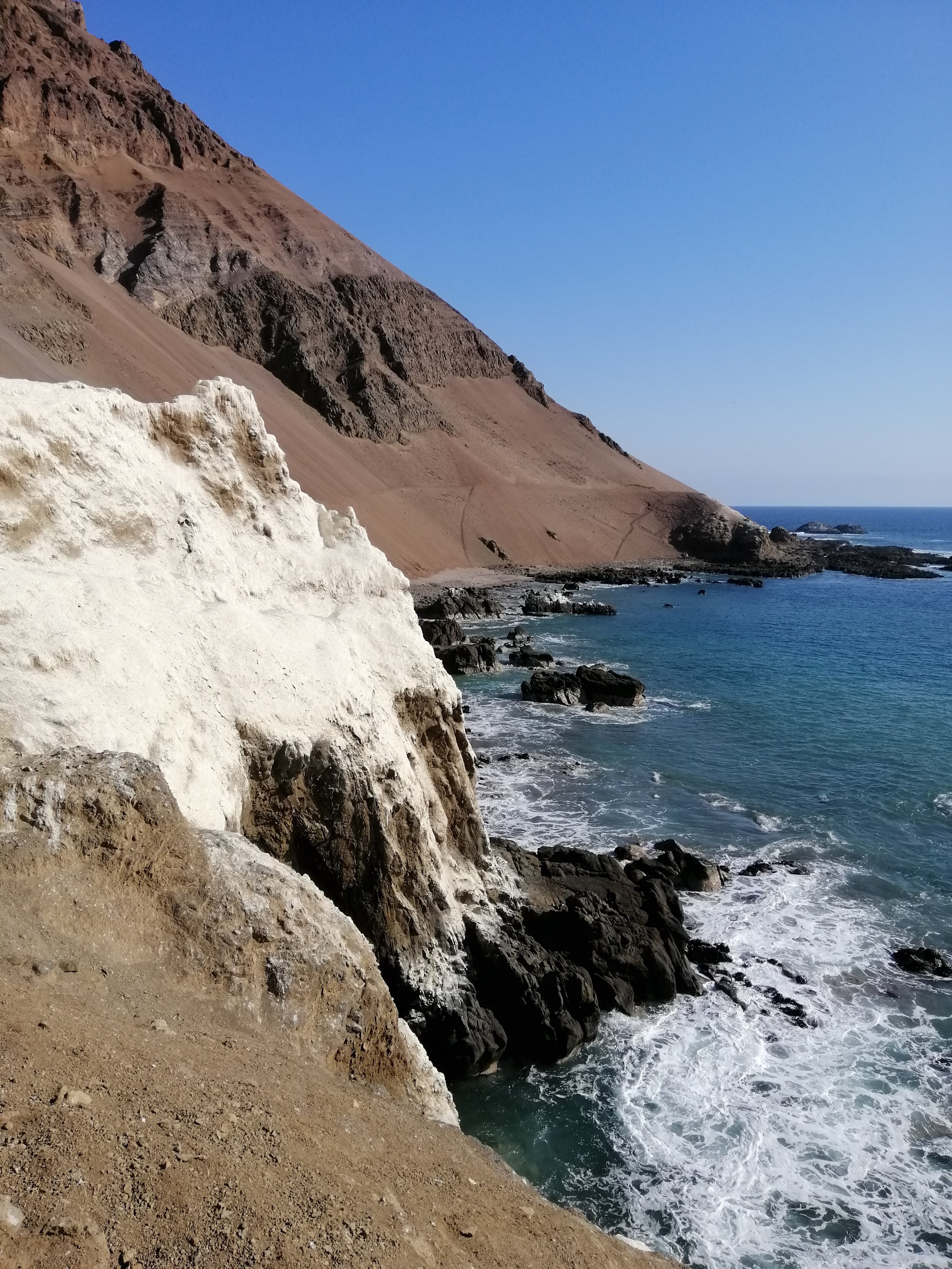
Cueves de Anzota

Cueves de Anzota
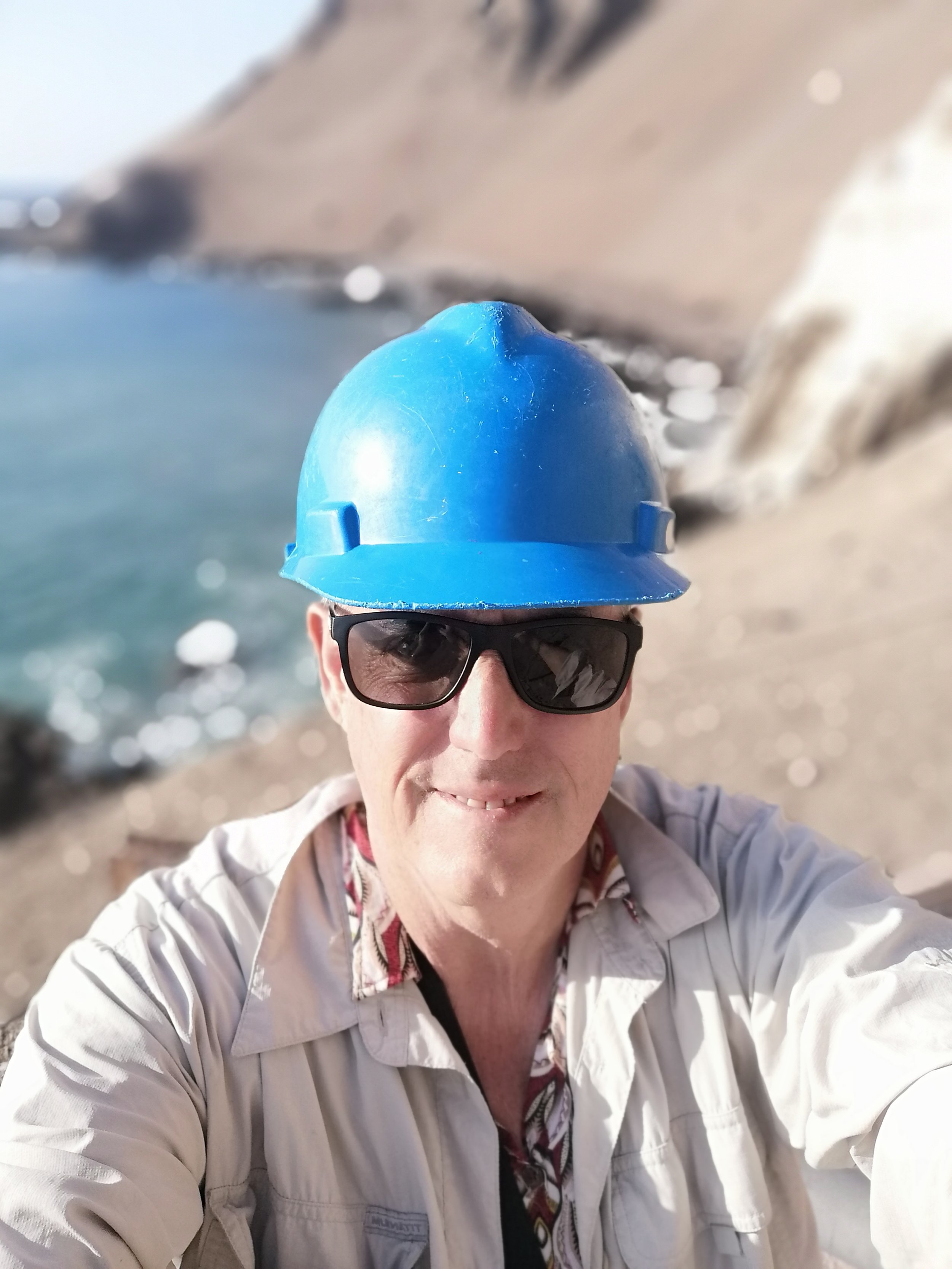
Falling rocks are common at Cueves de Anzota.
Species List for Arica, Pacific Coastline and Lauca National Park, Chile
Follow the links below for image galleries of each species
Link to complete species list for the “Great Primate Safari of 2023”
Family Camelidae - Camels
1. Lama guanicoe - Guanaco - Atacama Desert Near Putre, Chile
2. Lama pacos - Alpaca - Wild Herd - Antisana National Park, Eastern Andes Ecuador
3. Lama vicugna - Vicuña - Lauca National Park, Chile
Family Cervidae - Deer
4. Hippocamelus antisensis - Taruca - Putre, Chile
Family Equidae - Horses
5. Equus africanus asinus - Wild Ass or Wild Burro - Atacama Desert, Chile
Family Otariidae – Eared Seals
6. Otaria byronia - South American Sea Lion - Arica Chile
Order Rodentia
7. Akodon albiventer - White-bellied Grass Mouse - Lauca National Park, Chile
8. Auliscomys boliviensis - Bolivian Big-eared Mouse - Lauca National Park, Chile
Arica sunset





































































